A New Milestone in London’s Skyline
The Black and White Building, an upcoming office complex in London’s vibrant Shoreditch neighborhood, represents a groundbreaking venture into the realm of wooden architecture. Spearheaded by Waugh Thistleton Architects and directed by founding director Andrew Waugh, this innovative project is set to redefine the city’s skyline upon its completion in winter 2022. As the tallest engineered timber office building in central London, it heralds a new era of sustainable construction and design.
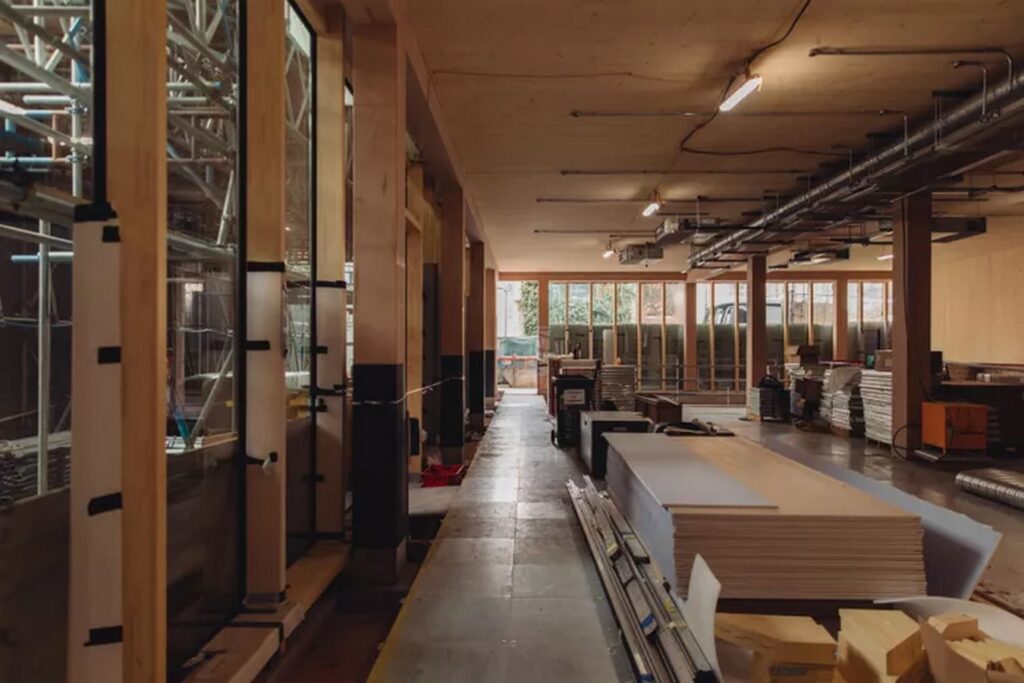
Unveiling the Beauty of LVL
Central to the architectural marvel of the Black and White Building is its innovative use of laminated veneer lumber (LVL). Unlike traditional construction materials, LVL offers unparalleled strength, uniformity, and versatility. Composed of thin layers of wood bonded together, LVL boasts superior structural integrity, making it an ideal choice for beams and columns. Waugh Thistleton’s strategic utilization of LVL underscores its commitment to both aesthetic elegance and structural efficiency.
Redefining Architectural Excellence
With meticulous attention to detail, Waugh Thistleton has meticulously crafted the Black and White Building to showcase the inherent beauty of wood. From its smooth, solid surfaces to its intricate connections, every aspect of the building exudes craftsmanship and sophistication. Despite its towering stature, the structure maintains a sense of lightness and grace, owing to the remarkable properties of LVL. As a testament to its design ingenuity, the building seamlessly integrates with its natural surroundings, creating a harmonious blend of urban architecture and organic elements.
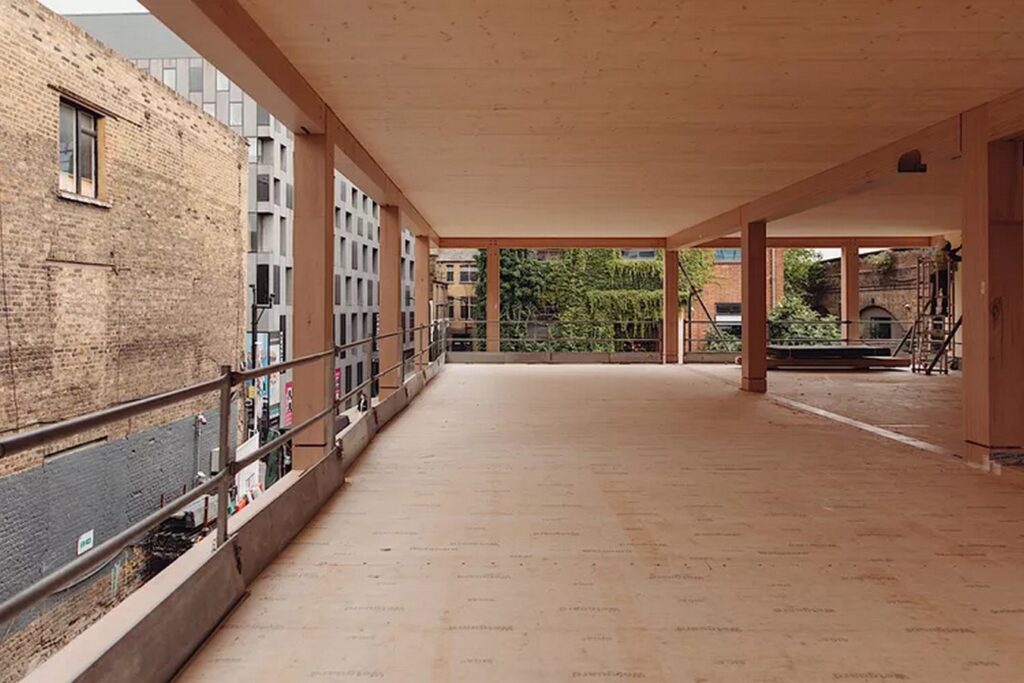
Embracing Sustainability and Resilience
Beyond its aesthetic appeal, the Black and White Building epitomizes the principles of sustainability and resilience. By harnessing the potential of mass timber construction, the project significantly reduces its carbon footprint compared to conventional materials like steel and concrete. Moreover, the use of wood as a renewable resource underscores the building’s commitment to environmental stewardship. In an era marked by increasing awareness of climate change and resource depletion, the Black and White Building stands as a shining example of responsible and forward-thinking architecture.
Overcoming Challenges and Embracing Opportunities
Despite the inherent advantages of wood construction, the mass timber movement has faced challenges, particularly in light of safety concerns and regulatory changes. However, Waugh Thistleton’s unwavering dedication to innovation and advocacy has propelled the project forward, demonstrating the viability and potential of wooden architecture in contemporary urban settings. As London grapples with the imperative to embrace sustainable building practices, the Black and White Building offers a compelling vision for the future of urban development.
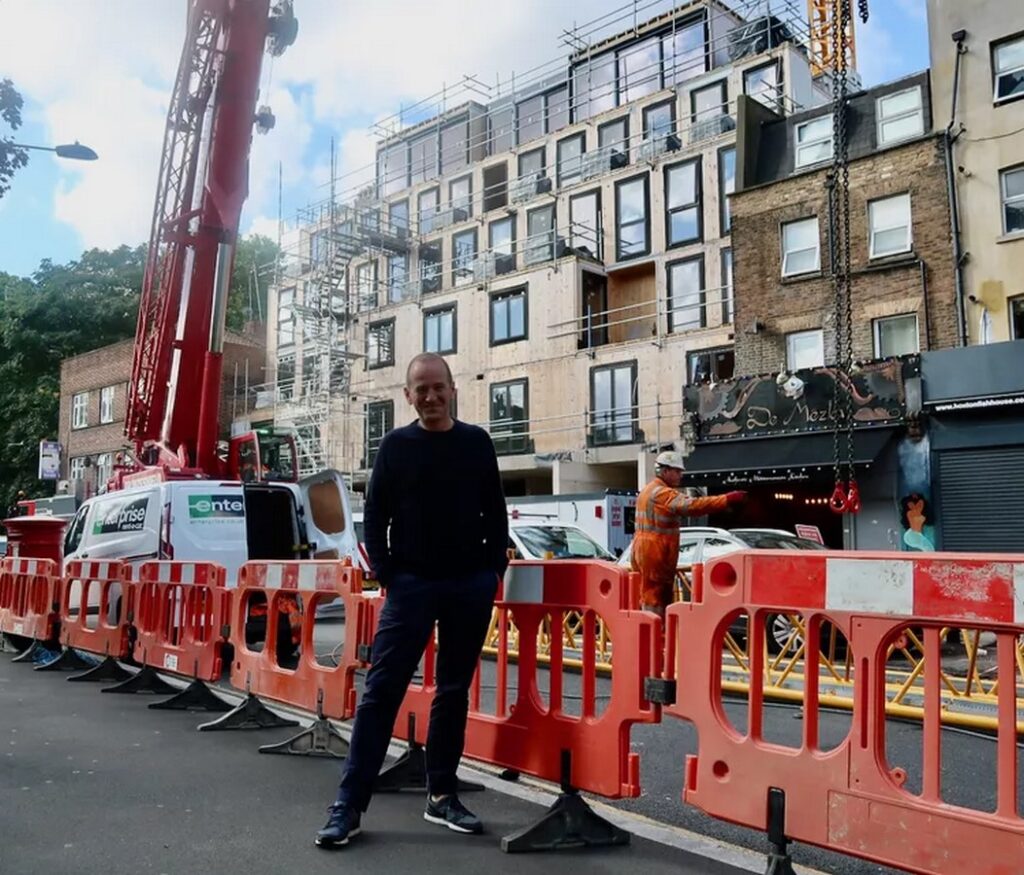
A Vision of London’s Future
As the Black and White Building takes shape against the city skyline, it beckons us to envision a future where architecture and sustainability converge seamlessly. By embracing the timeless beauty and inherent resilience of wood, London’s skyline is poised to undergo a transformation—one that prioritizes environmental responsibility, community engagement, and architectural excellence. In the quest for a more sustainable and equitable built environment, the Black and White Building serves as a beacon of hope and inspiration, heralding a new chapter in the city’s architectural legacy.


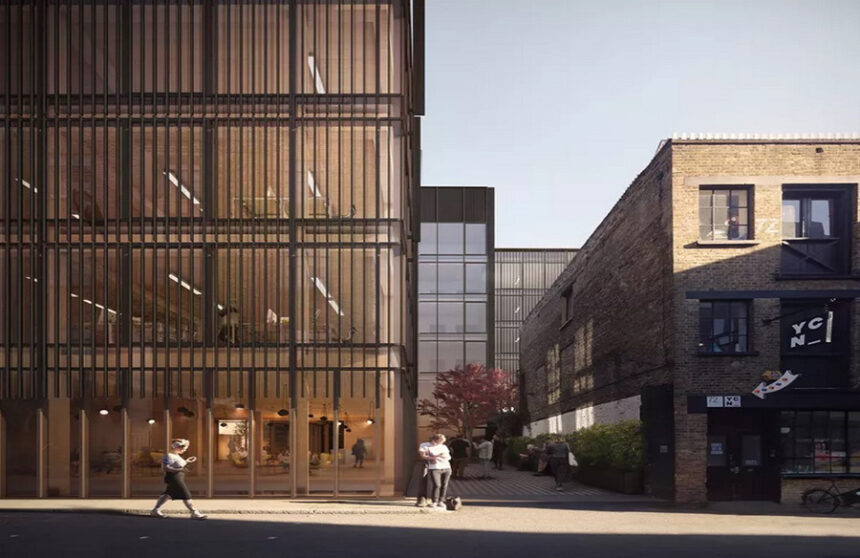


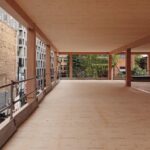
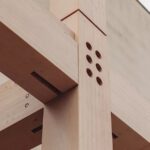
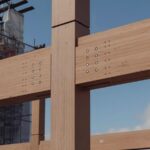
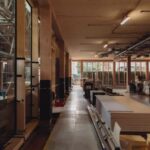
Leave a Reply